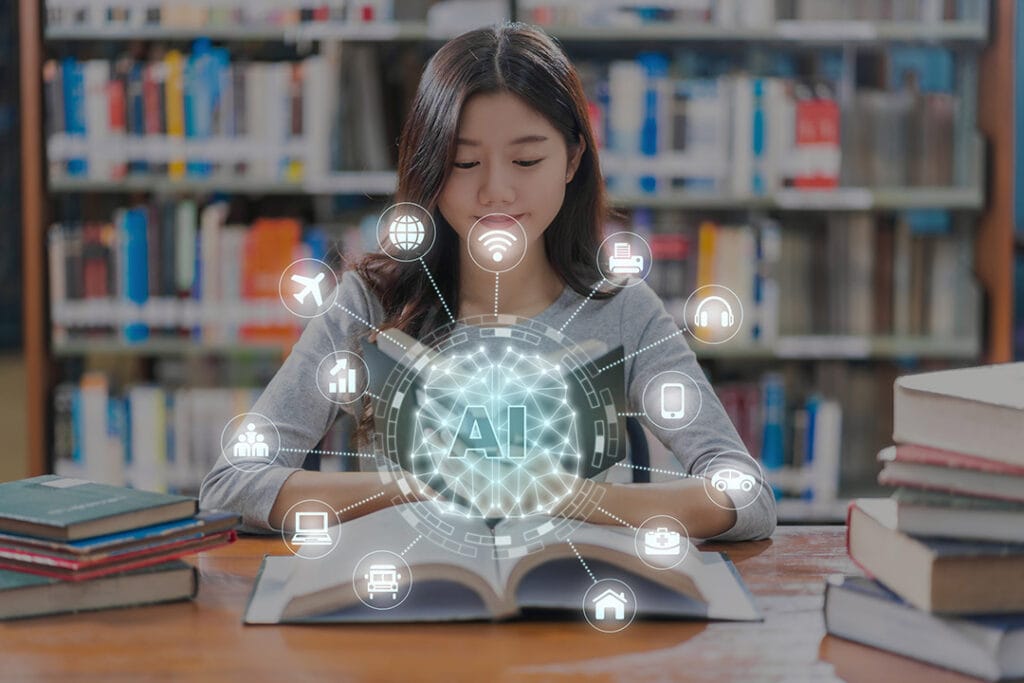Definitions, Introductory Lessons, and General Resources
AI has had a big impact on our lives, inside and outside of the classrooms. We want to help prepare our students for the ways they will be tasked to use AI in the workplace, but we do not want them to disengage from their own learning by using AI to generate all of their work. Before we can dive into the ethical use of AI in our classrooms, we need to get a good understanding of what it is.
What Is Generative AI?
WCET, a leader in the practice, policy, & advocacy of digital learning in higher education, defines Generative Al as “artificial intelligence that can create new content such as text, visual images, code, audio, or video because its neural networks have been trained on a gigantic amount of data. Outputs might include digital art, essays, short answers, blog posts, computer code, press releases, and other types of novel content. One form of generative Al, large language models, has especially received attention with the release of ChatGPT. A large language model is a text based generative Al that is trained on an enormous amount of text so that it can predict and create a given sequence of words. This capability allows the model to “understand” inquiries and replicate human language in a largely coherent way.”
Khan Academy Resources
AI for Education
This new course by Khan Academy provides students and teachers tips and resources for how to leverage AI for learning and what to expect in the years to come. Also, here is a Ted Talk by Sal Khan on how AI can “…Solve Not Destroy Education.”
Equity
When used carefully, AI can advance equity by improving accessibility and helping second language learners in ways never seen before. But there are problems as well. Because AI is built by ingesting all of the existing information on the internet, it is inheriting bias, “as well as information that is likely to over-represent certain groups such as white, economically well-off individuals.” This creates algorithmic bias. Dive into the following resources for more on both the positive and the negative effects of AI on issues of equity.

